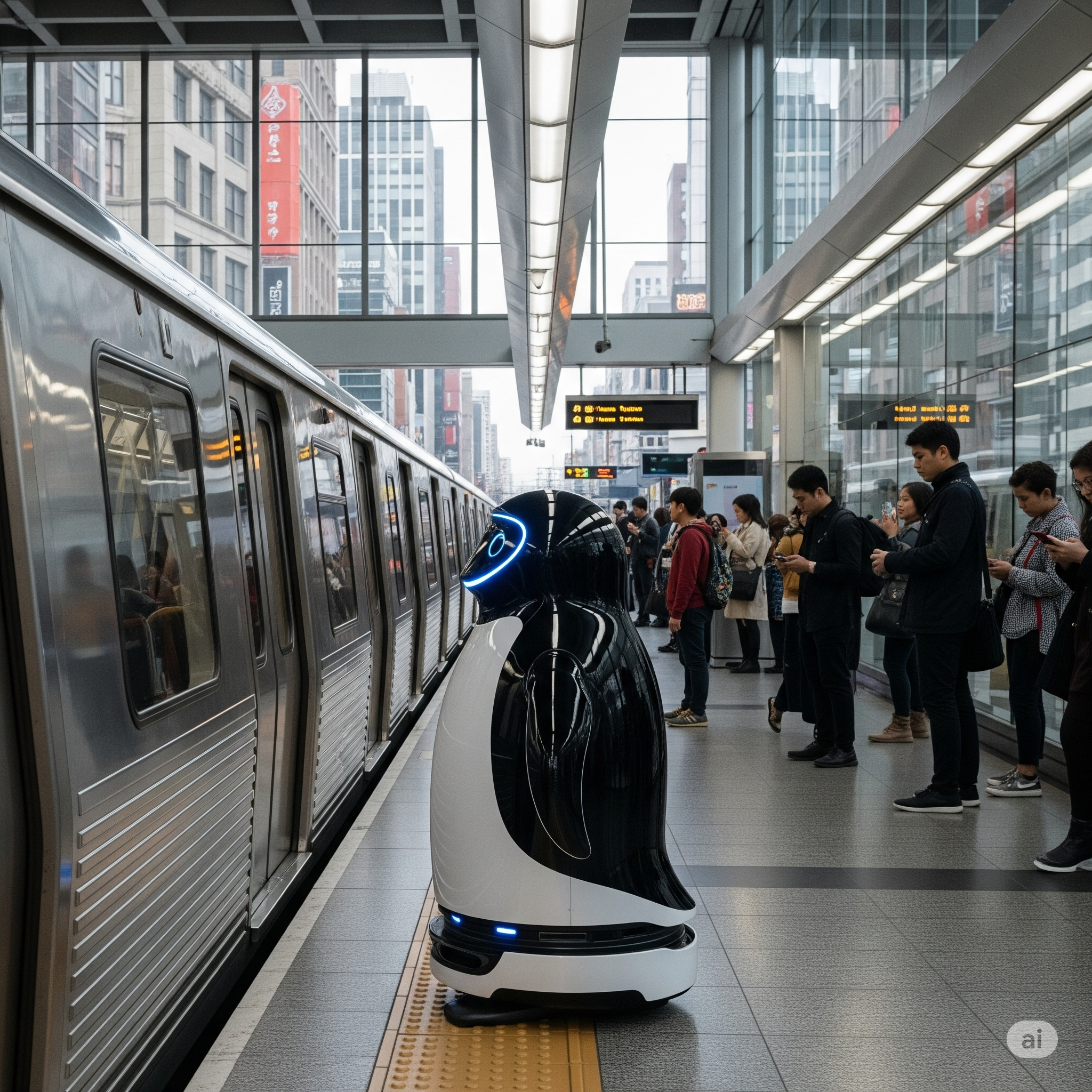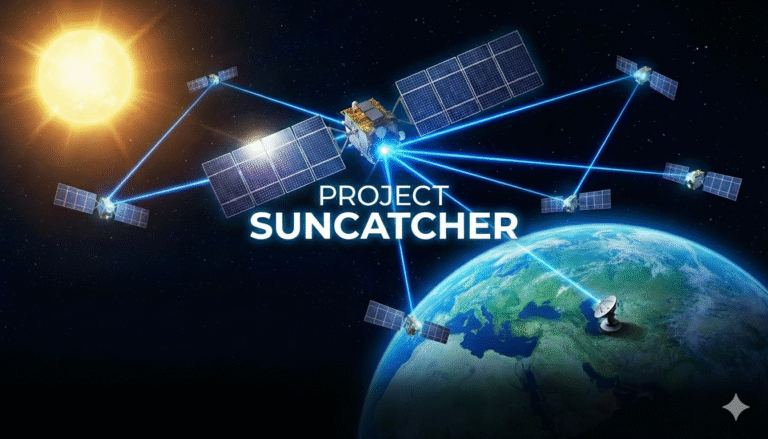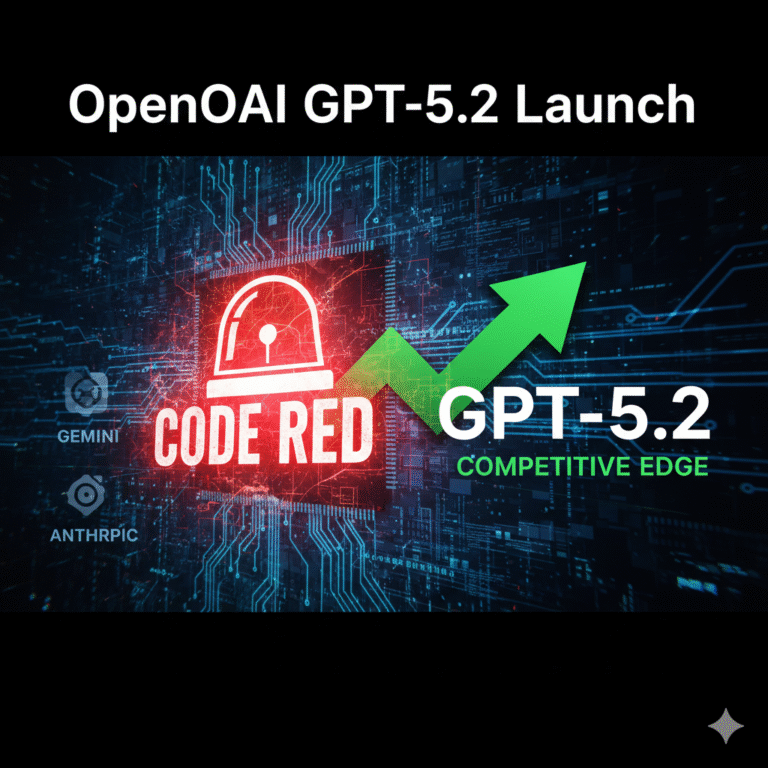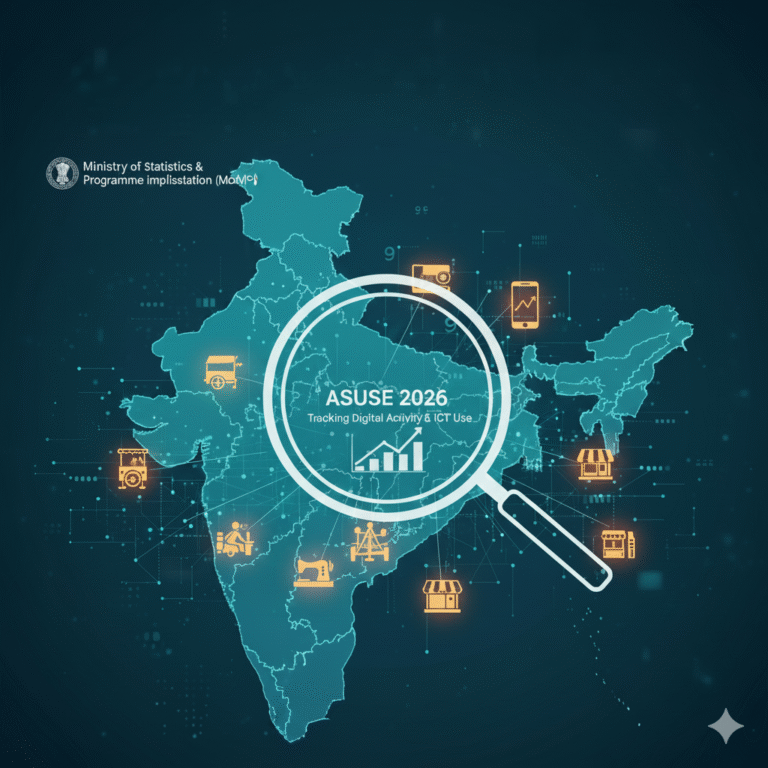Robotics on Rails
The age of urban logistics is witnessing a paradigm shift—one that looks, delightfully, like a colony of penguins gliding across subway platforms. The deployment of penguin-shaped delivery robots, operating primarily in off-peak hours and powered by cutting-edge AI, panoramic LiDAR, and adaptable chassis engineering, signifies more than a quirky design choice. It heralds the world’s first subway-based logistics network and is poised to redefine city supply chains by integrating robotics directly into mass transit systems.
What Sets These Robots Apart?
- Penguin-Inspired Design: Compact, stable, and friendly in appearance, ideal for public spaces.
- Operating Schedule: Primarily off-peak hours, minimizing interference with human commuters and leveraging unused subway capacity.
- AI Dispatch System: Optimizes routes, schedules, and package grouping in real-time for “middle-mile” efficiency.
- Panoramic LiDAR Navigation: Provides precise situational awareness, obstacle avoidance, and safe operation in dynamic subway settings.
- Custom Chassis: Engineered specifically to cross platform gaps and negotiate challenging train doors, a known hurdle for traditional delivery bots.
Why the Subway?
Conventional road-based delivery robots contend with traffic, parking, congestion, and regulatory challenges. Subways offer:
- Dedicated, predictable pathways
- Shielded environments, unaffected by weather
- Direct connections to densely populated nodes
- Reduced last-mile delivery times by optimizing “middle-mile” logistics
How the System Works
| Step | Process |
|---|---|
| Package Collection | Robots pick up parcels from stations or depots |
| AI Dispatch | Delivery timing and routing optimized by AI |
| Subway Transit | Robots travel in train cars during low-traffic times |
| Platform Navigation | Custom chassis enables gap and door handling |
| Hand-Off | Robots drop parcels at station hubs or connect to last-mile services |
Key Technologies Powering Subway Delivery Robots
- Panoramic LiDAR Sensors: Enable 360-degree scanned mapping for real-time localization and hazard detection, vital for complex subway infrastructure.
- AI-Driven Scheduling: Machine learning algorithms dynamically assign robots to the most efficient routes and maximize use of available train capacity.
- Platform Adaptation: Robotics engineers designed mechanisms allowing the robots to safely bridge the notorious platform-train gap and negotiate thresholds, ensuring seamless interoperability with mixed subway terrain.
- Custom Payload Compartments: Modular “bellies” can be swapped for varied cargo types, optimizing for package size, perishability, or security needs.
Impact: Redefining the Urban Supply Chain

1. Efficiency Gains
- Cut delivery times by exploiting subway speeds and uncongested tracks.
- Minimize last-mile bottlenecks by bringing goods closer to consumption hubs.
2. Cost and Emission Reduction
- Reduce reliance on delivery vans and bikes.
- Lower operational emissions due to electric propulsion and shared transport use.
3. Scalability & Reliability
- Scalable during high-demand periods and adjustable for holidays or special events.
- Subways provide all-weather operation and citywide network coverage.
4. Urban Life Benefits
- Fewer delivery vehicles clogging roads and bike lanes.
- Quieter, less visually intrusive logistics solutions.
The Global First: Middle-Mile Automation
While last-mile robots are common sights in select Silicon Valley suburbs, this system pioneers middle-mile automation—bridging centralized depots and neighborhood fulfillment nodes efficiently. By leveraging public transit, city planners can:
- Maximize infrastructure investments.
- Unburden surface streets.
- Ensure logistical resilience against traffic or natural disruptions.
Challenges & Considerations
- Subway & Platform Integration: Each city’s transportation system is different. Robotic adaptation for door sizes, gap widths, and station layouts is complex.
- Public Safety & Perception: Comprehensive safety protocols and friendly designs must ease commuters’ concerns.
- Maintenance & Malfunctions: Regular servicing routines and rapid-recovery strategies are crucial to avoid system bottlenecks.
- Data & Privacy: AI navigation and logistics require immense data, raising questions about surveillance and digital rights.
Looking Ahead: What’s Next?
- Scale to Nighttime Express Logistics: Further reduce delivery costs and emissions by maximizing use during subway idle time.
- Integration with Autonomous Last-Mile Robots: Complete the automation loop for end-to-end urban package delivery.
- Potential Expansion to Other Transit Systems: Light rails, trams, or even intercity trains.
Conclusion: Waddling Into the Future of Urban Delivery
The world’s first subway-based logistics network, marked by the innovative deployment of penguin-shaped delivery robots, stands as a testament to the creative fusion of robotics, AI, and public infrastructure. By leveraging off-peak transit capacity and advanced navigation systems, these robots are not only revolutionizing the “middle-mile” of delivery but also paving the way for cleaner, safer, and more efficient urban supply chains.
This initiative demonstrates that sustainability, technology, and urban convenience don’t have to be at odds; in fact, they can work in harmony—sometimes taking the unexpected (and adorable) form of a penguin. As more cities seek solutions to congestion and environmental concerns, such integrative approaches could become the new norm, ushering in an era where public transportation and robotics collaborate to serve the evolving needs of our metropolitan lives.









+ There are no comments
Add yours